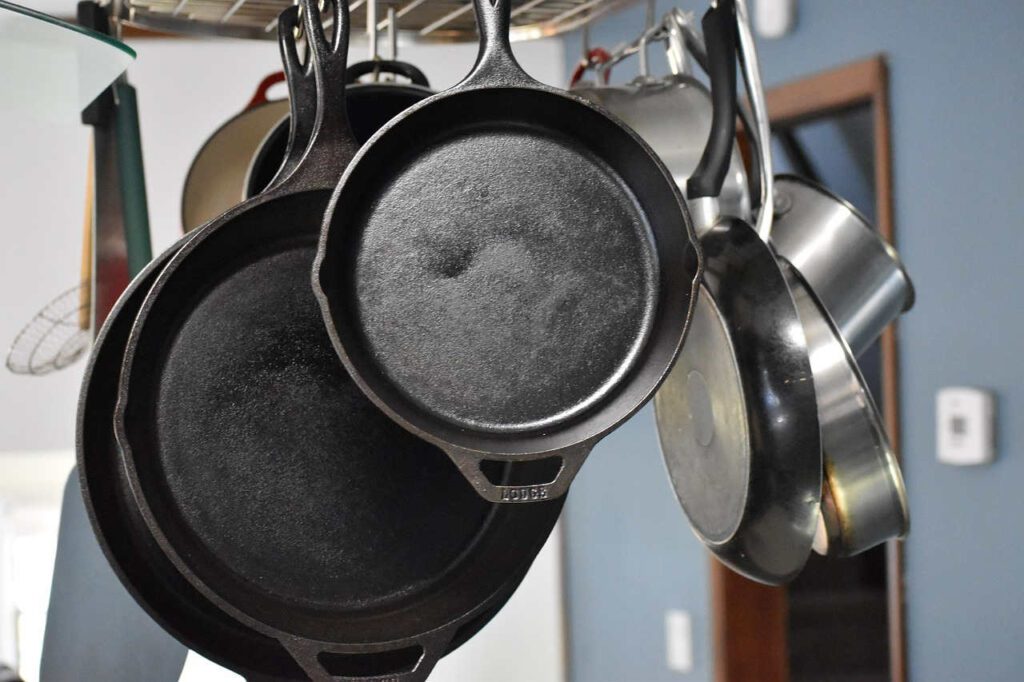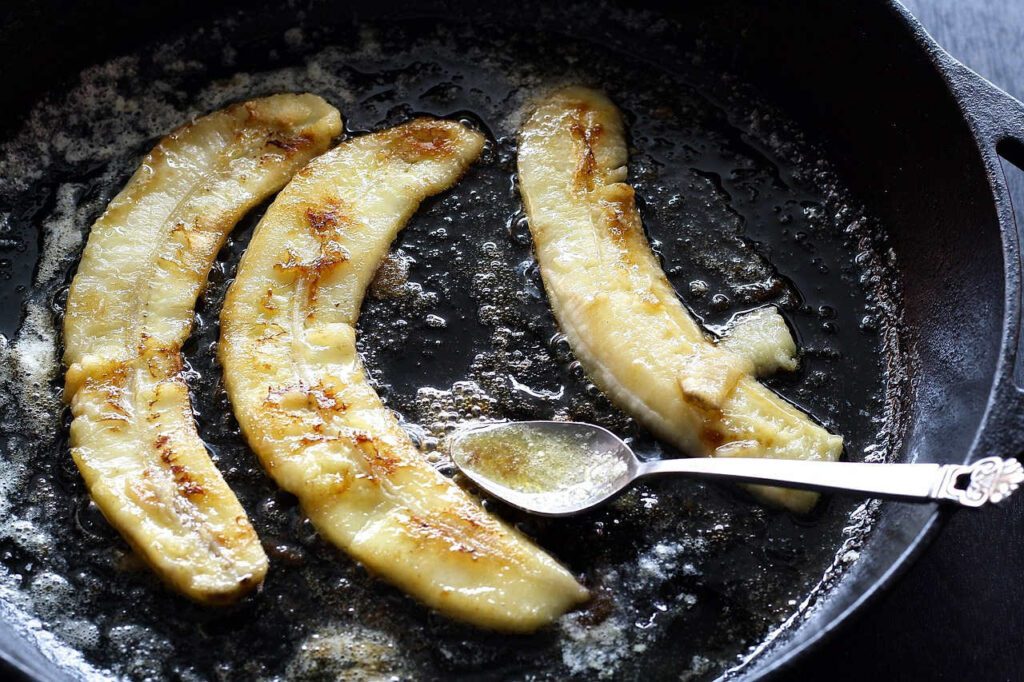Preserving Timeless Tradition: The Care and Love for Your Cast Iron Skillet
There’s something inherently warm and inviting about a well-used cast iron skillet. Its glossy, black sheen isn’t just aesthetically pleasing – it’s a sign of a perfectly seasoned pan that promises delectable flavors.
Ah, the trusty cast iron skillet (or Dutch oven) – a kitchen staple that has been passed down through generations, telling tales of sumptuous fried chicken feasts, hearty cornbreads, and the most delightful popcorn evenings. If you’re lucky enough to inherit such a treasure, you might ponder the secrets to its longevity. How did Grandma maintain its magical sheen? What magic did Mom use to whip up those flavorful dishes? Follow this guide to the art of seasoning and caring for your cherished cast iron cookware.
What is the best oil to use to season a cast iron pot? While Grandma might’ve sworn by good old lard or bacon grease, especially in today’s modern and busy kitchen, the best oil to use for seasoning is a light cooking oil, preferably vegetable or canola oil.

How Can I Breathe New Life into Old Pans?
Age and neglect can leave your skillet looking rusty and unloved, but the beauty of cast iron is its resilience. A good seasoning session can turn back time, thus reviving the former glory of your skillet or cast iron cookware.
Here’s how you can restore and breathe life into your age-old skillet:
- A Thorough Cleanup: Begin by giving your skillet a rigorous wash using hot, soapy water and a stiff brush. It’s one of the rare moments you’ll use soap, so ensure a thorough cleanse.
- Dry it Right: Rinse off every soap trace and dry thoroughly. You can place it on a warm stovetop briefly to ensure every water droplet evaporates.
- Embrace Vegetable Oil: Gently rub a thin layer of vegetable oil all over the skillet, ensuring every inch, inside and out, is covered.
- Bake to Perfection: Preheat your oven to 350°F (175°C). Lay a sheet of foil on the lower rack for any drips. Place the cookware upside down on the upper rack, letting it bake for an hour.
- Natural Cooling: It’s crucial to allow the skillet to cool inside the oven, importantly this process ensures the cast iron pores absorb the vegetable oil, creating a durable, non-stick layer.
- Safe Storage: Once seasoned, store your skillet in a dry, airy spot, if you do stack it with other pans, consider placing a paper towel in between them to avoid scratches.
Cherishing and Maintaining Your Skillet
Post-cooking, clean the skillet with hot water, skipping the soap. A completely dry skillet is essential. Using a warm stovetop helps. To maintain the skillet’s glossy sheen, rub a minimal amount of vegetable oil after every wash. Also, always remember: a dishwasher is the arch-nemesis of your beloved cast iron.
While seasoning with vegetable oil is a modern twist, you will find that the love, care, and tradition remain unchanged. Your cast iron skillet is not just a piece of cookware; it’s a piece of history, a reservoir of memories, and a testament to meals made with love (like the chicken wings here). With the right care, it won’t just serve you, your skillet will be a cherished heirloom for the generations to come, just like the ones before it. So, here’s to more heartwarming meals and memories, all crafted in your revived, gleaming cast iron skillet!
If you want to know more about why cast iron is a great way to cook, then read here.

